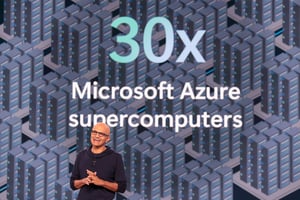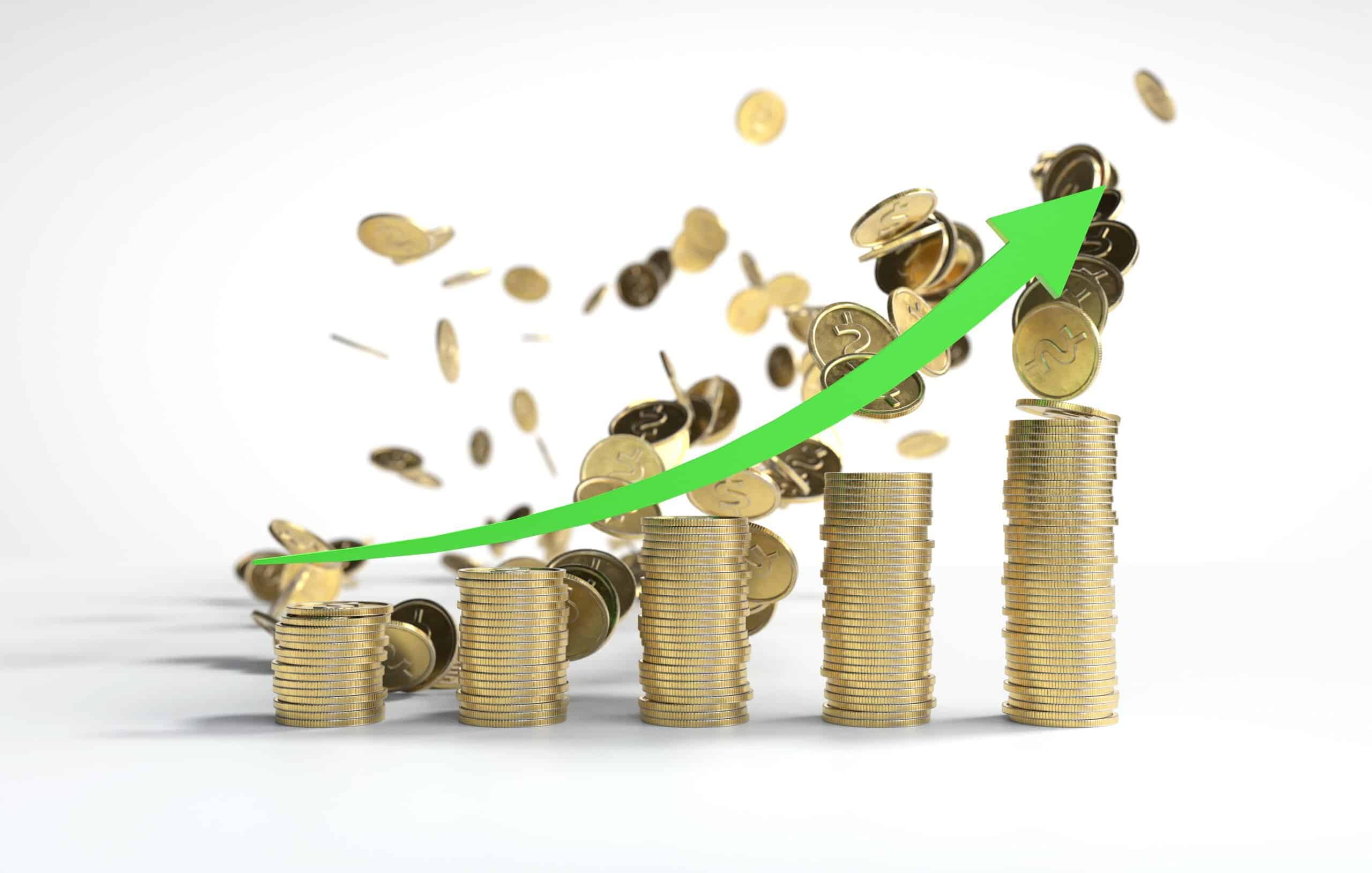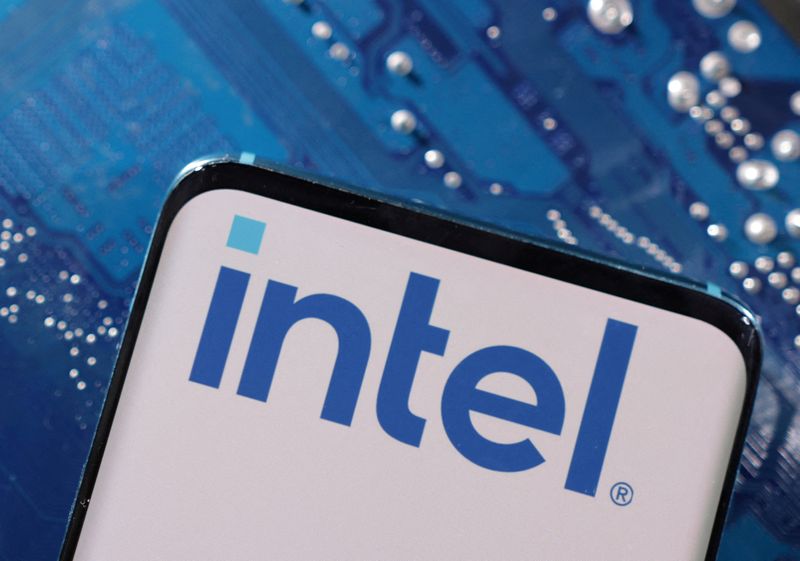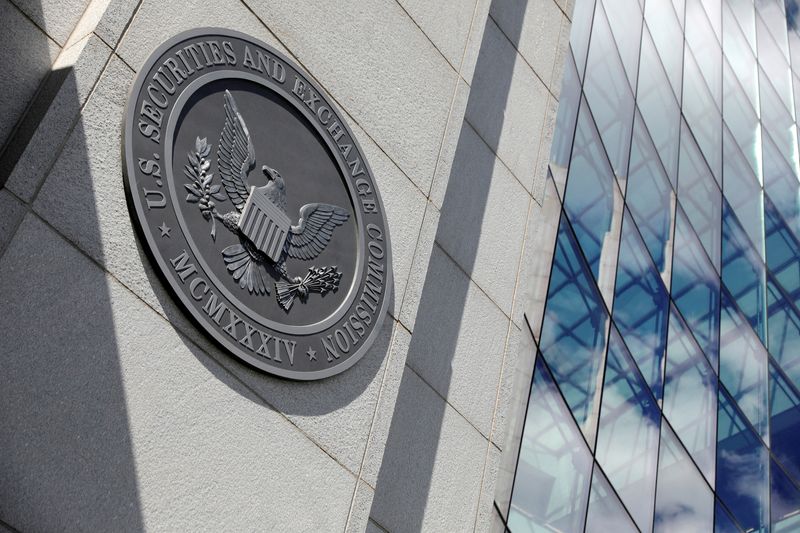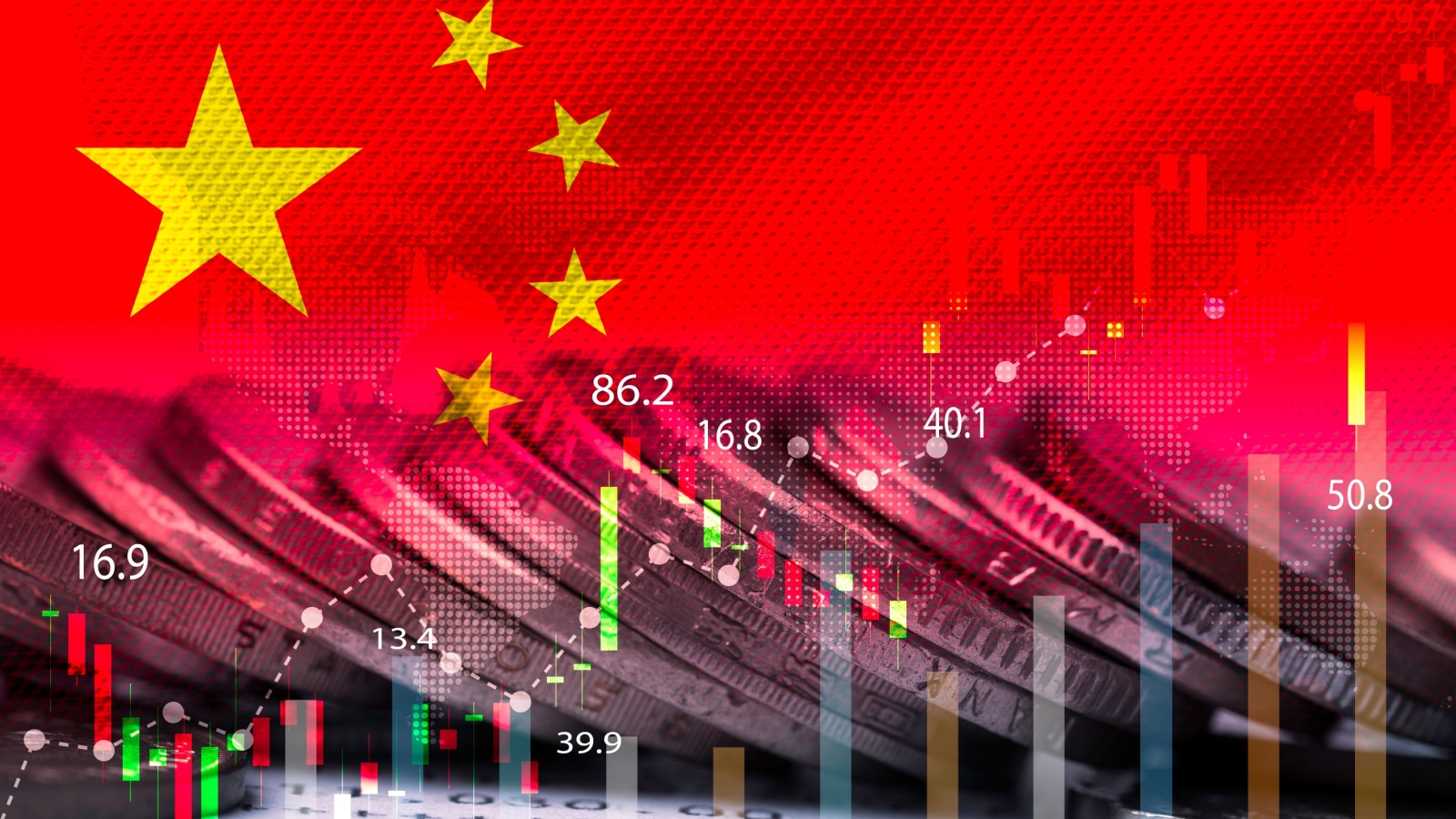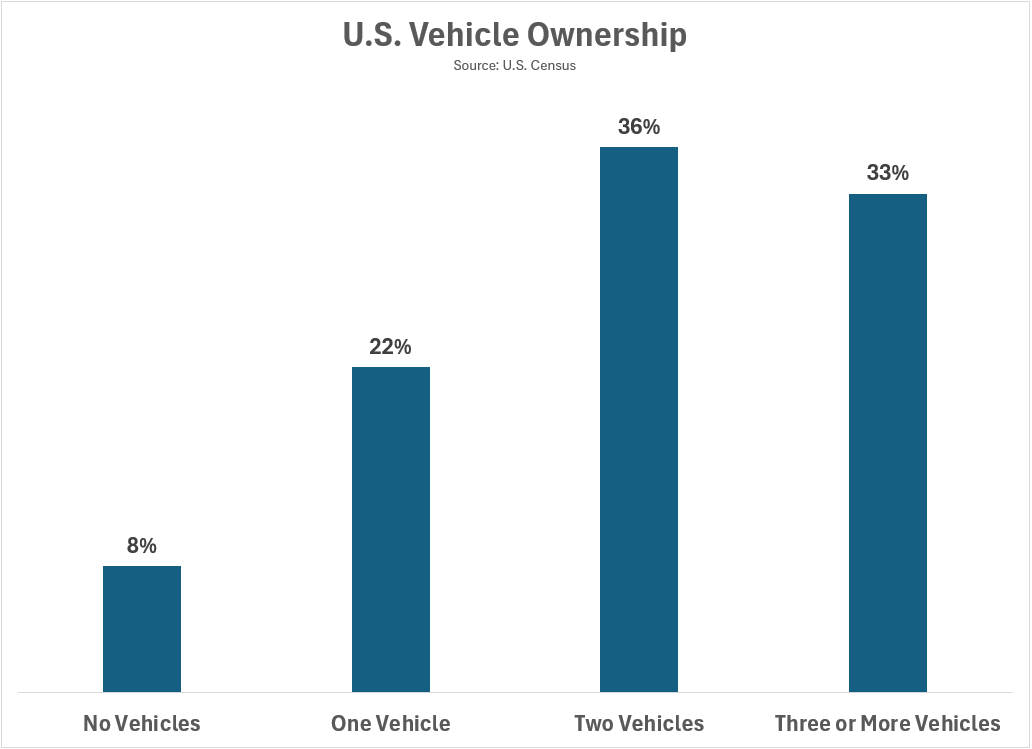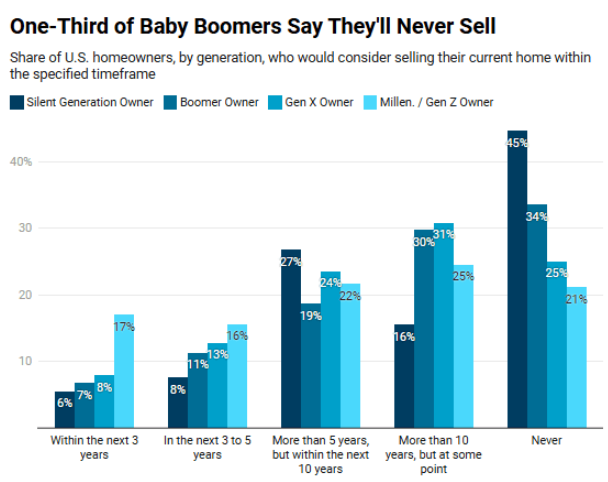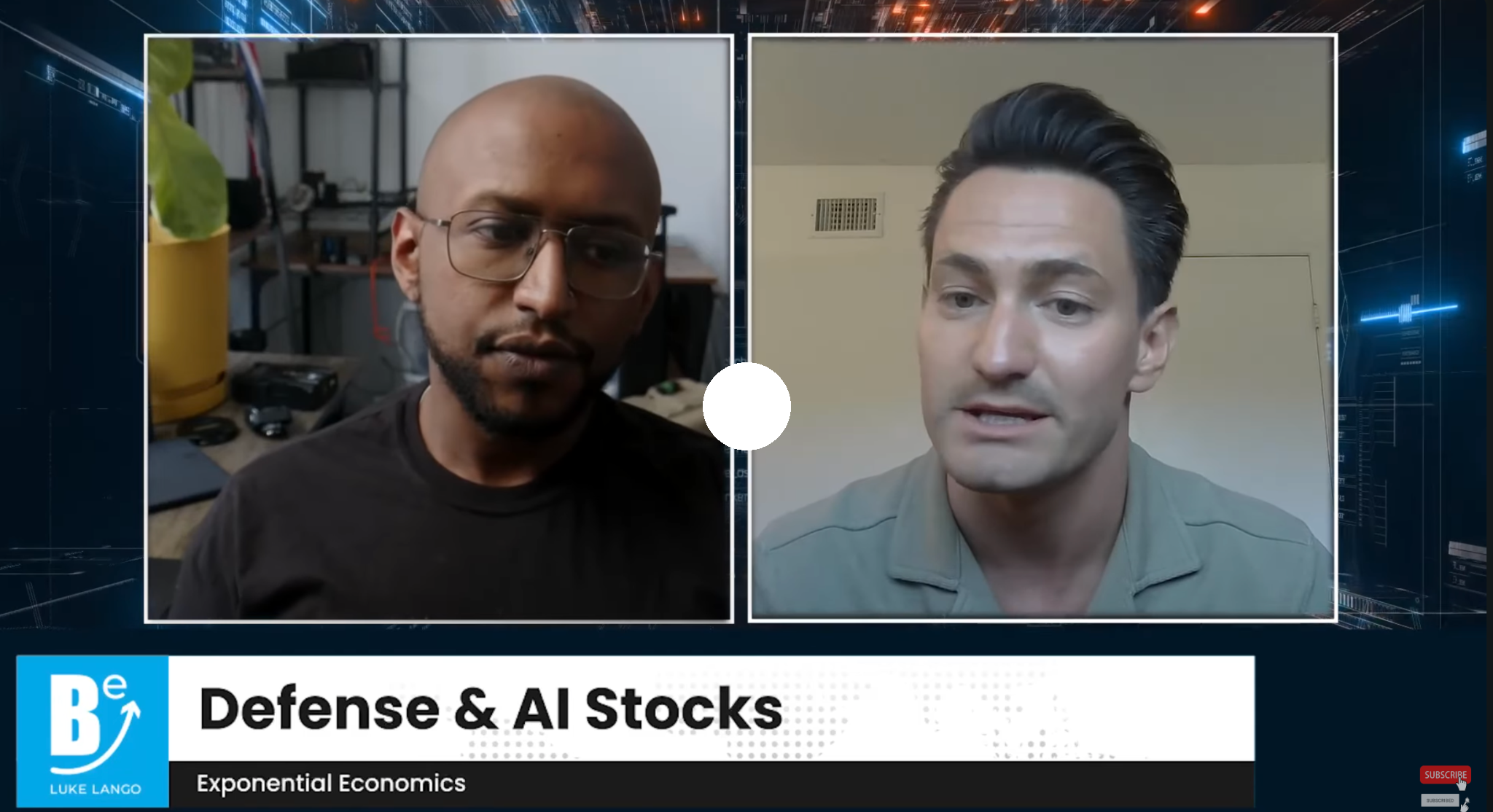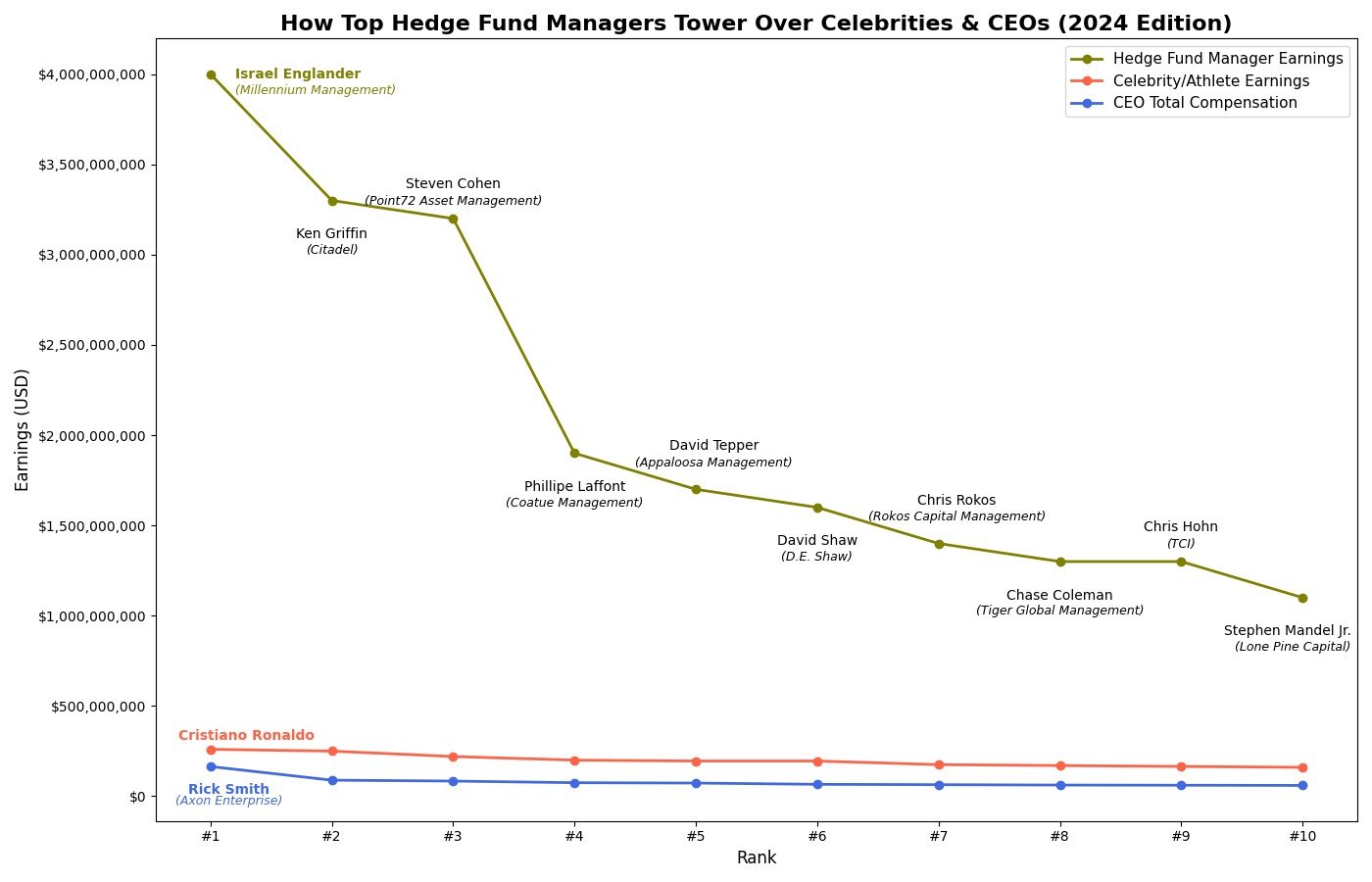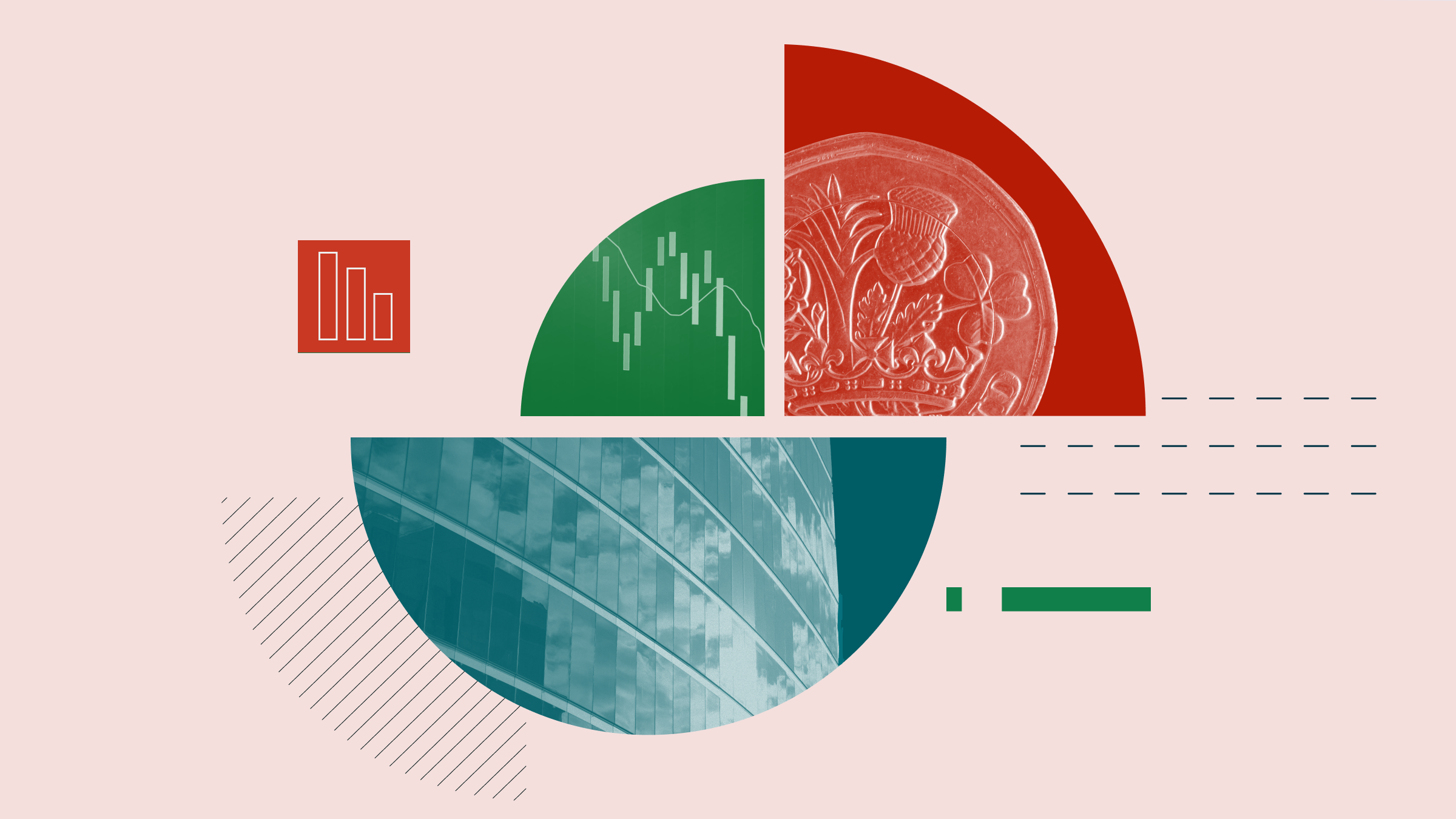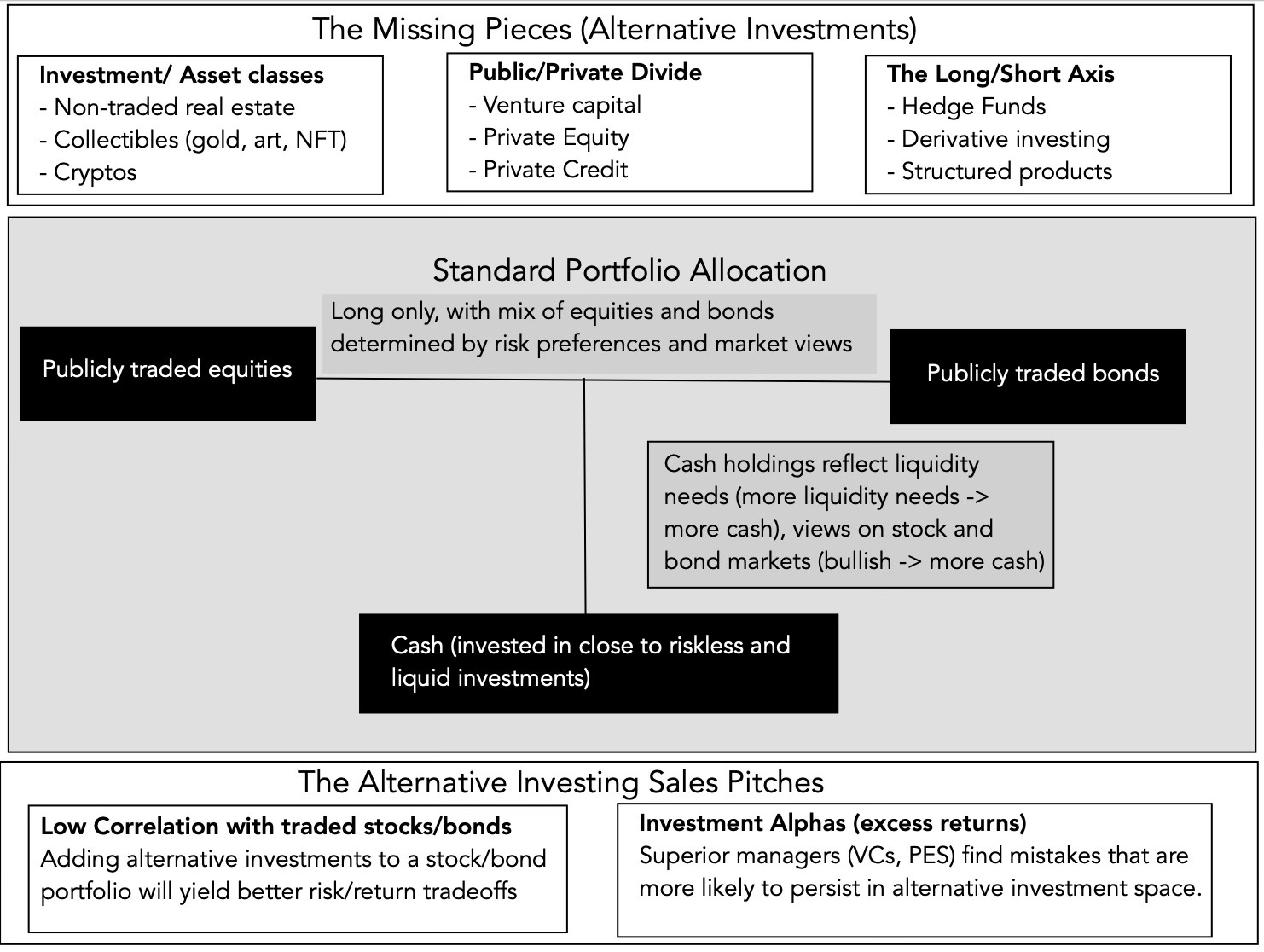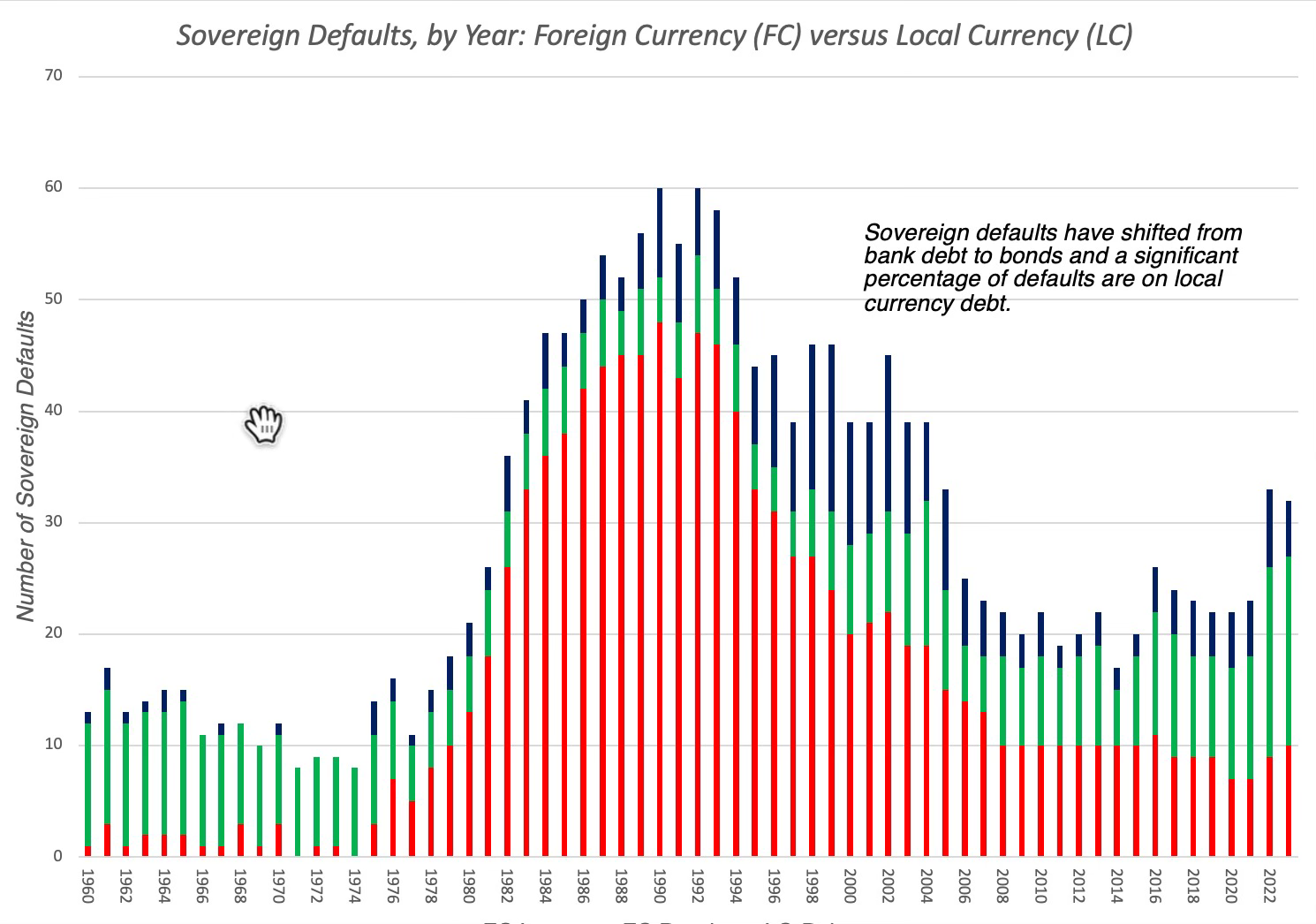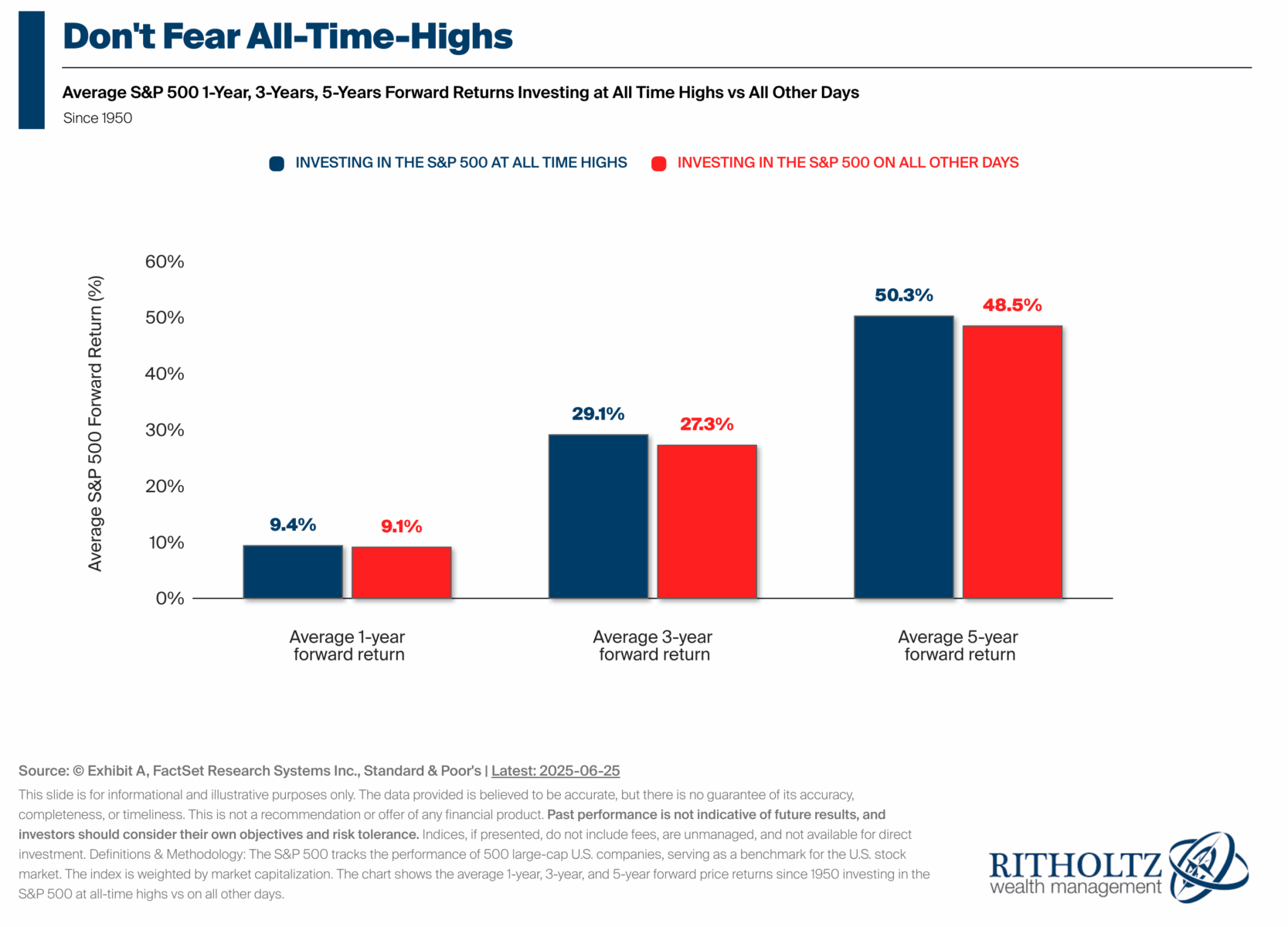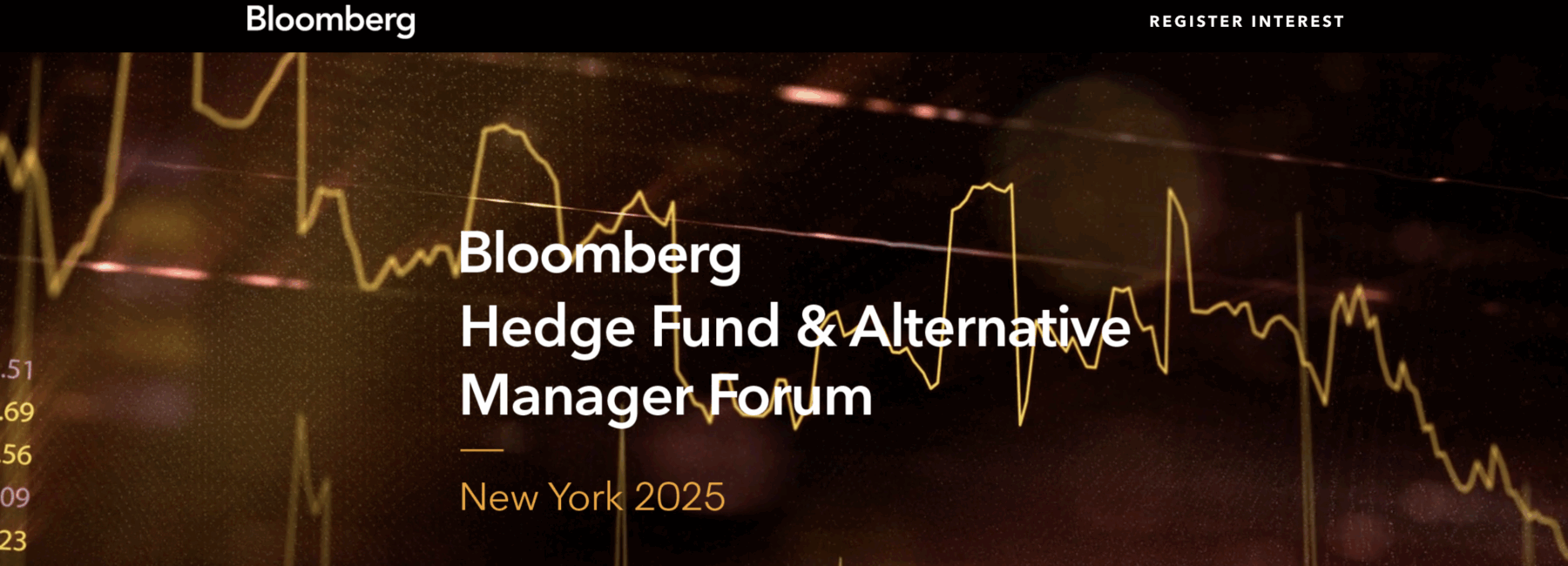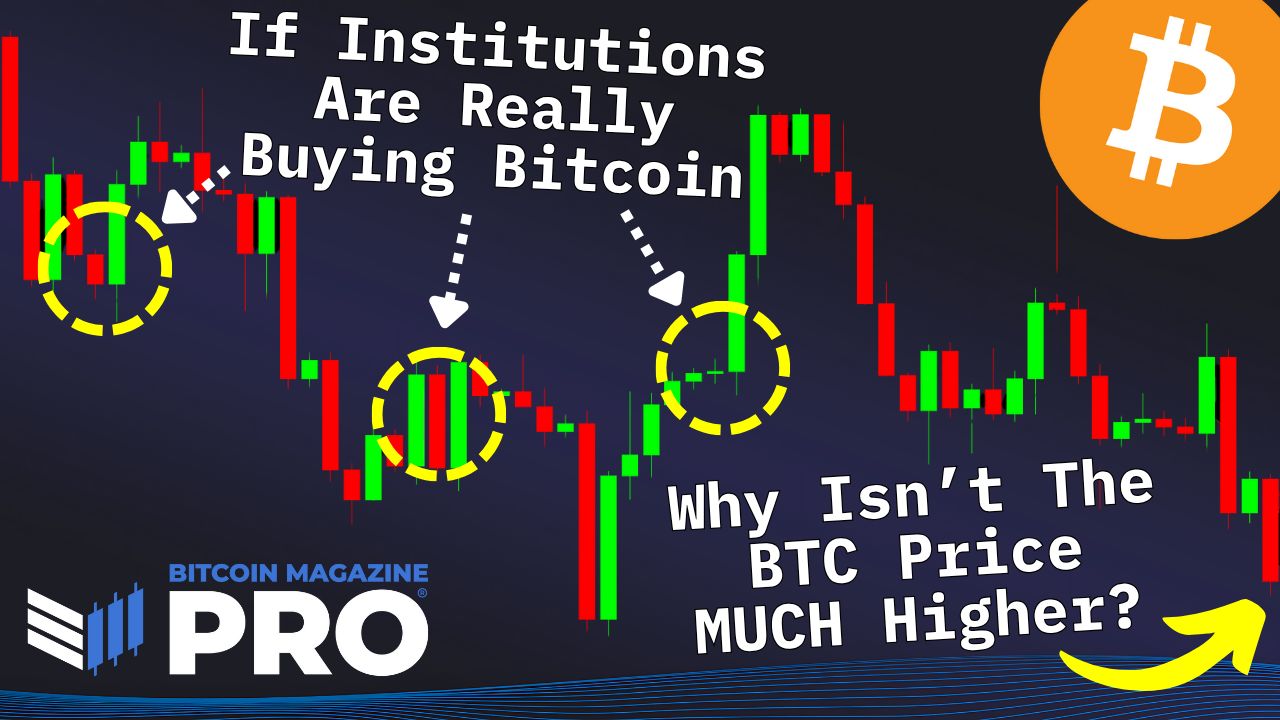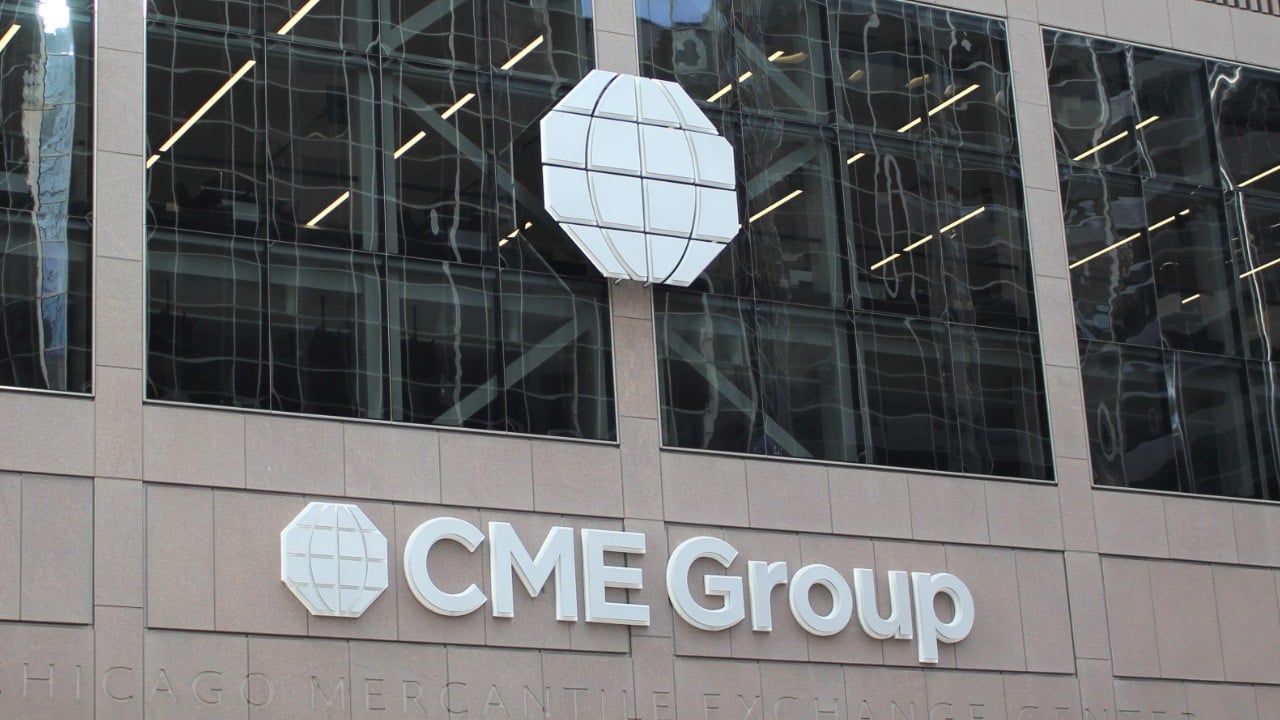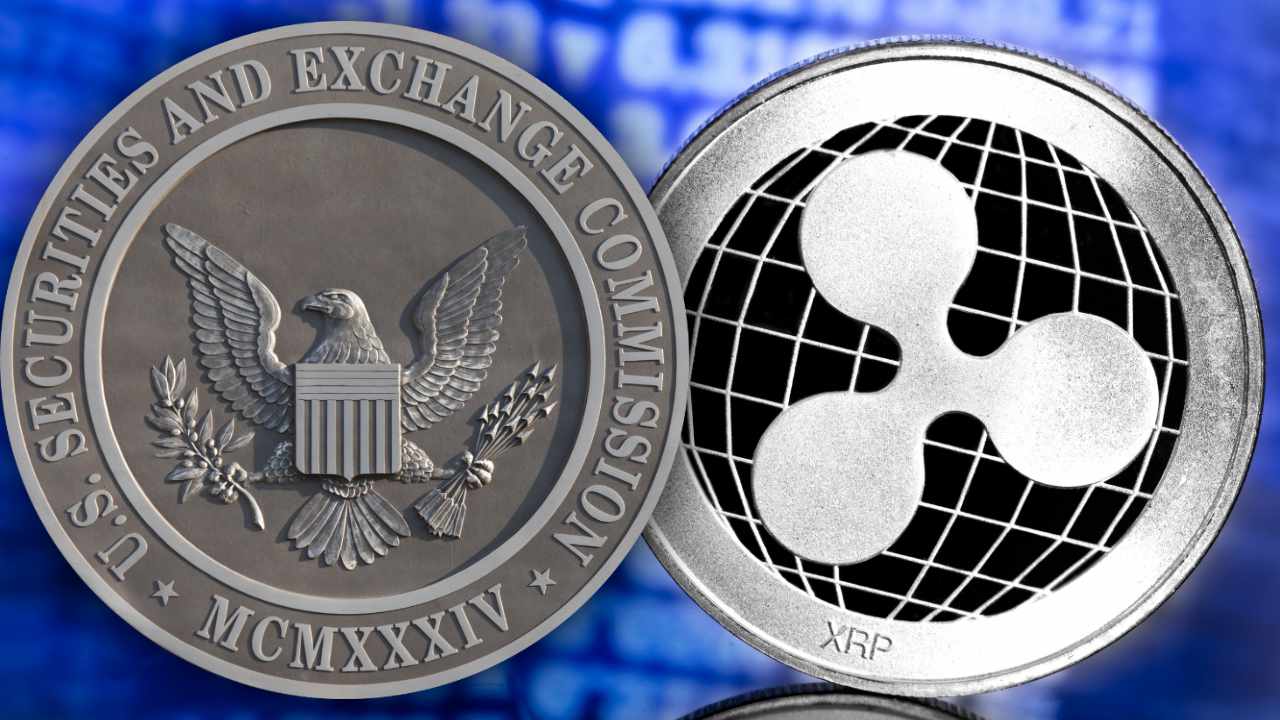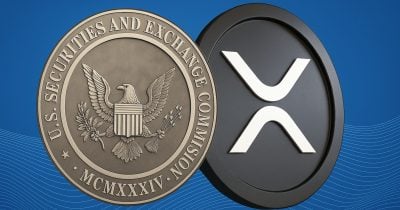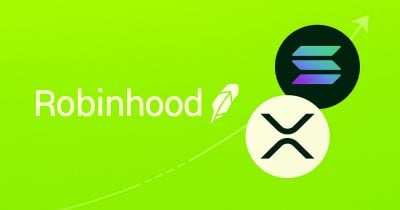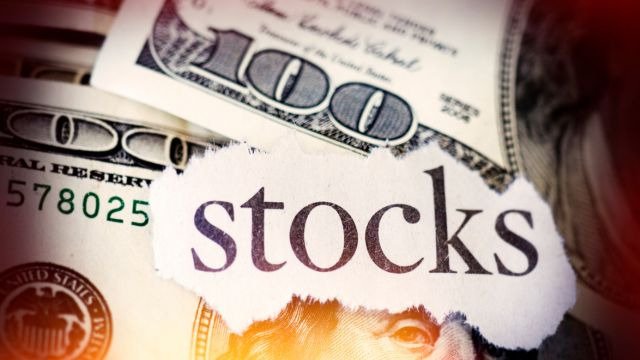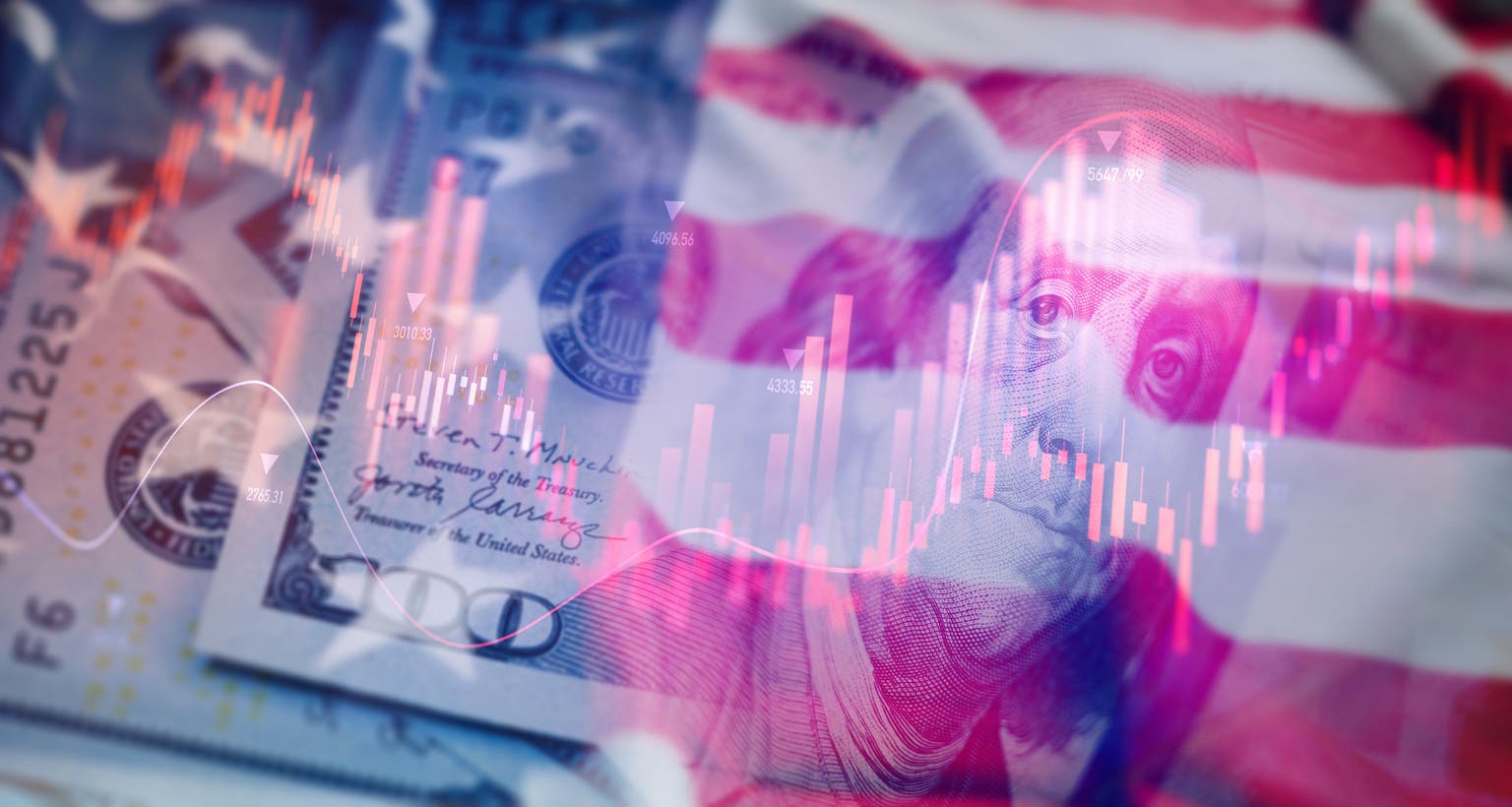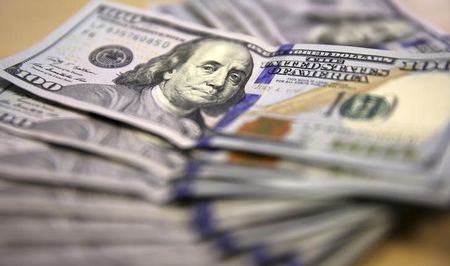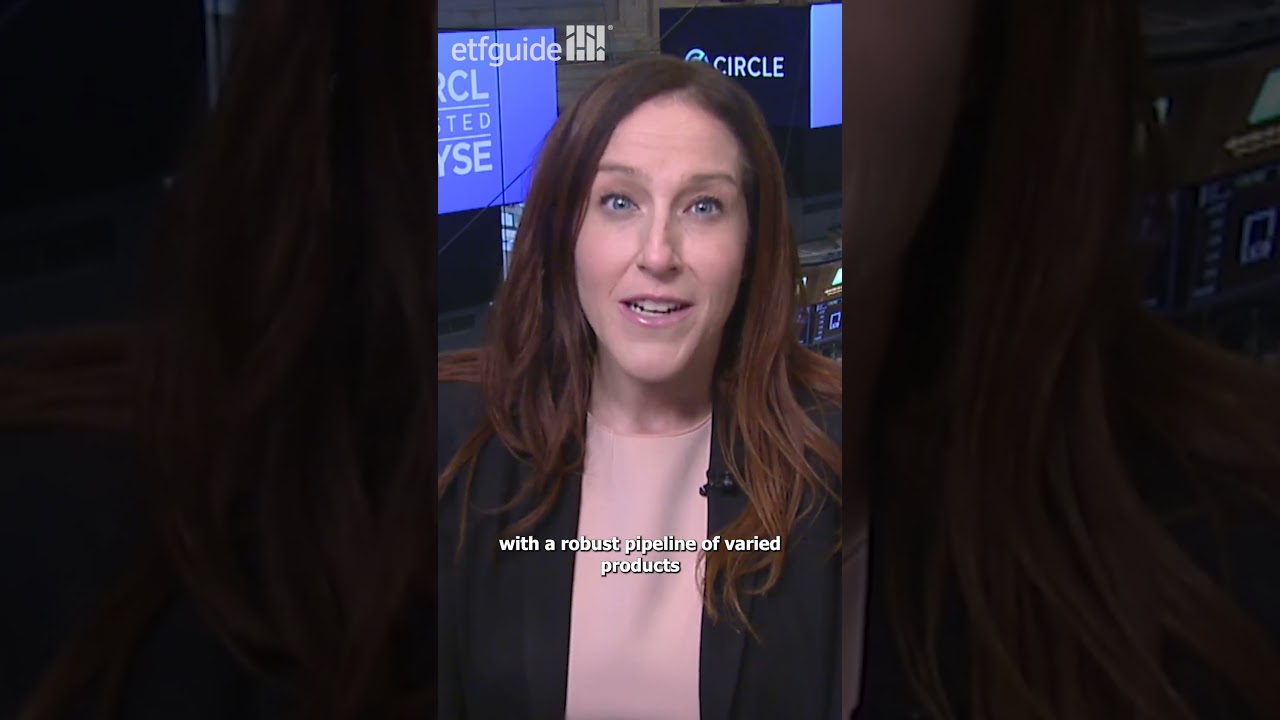JEPQ vs. SCHD: Which High-Yield ETF Is the Smarter Buy Today?
Although the stock market has been fairly volatile for the past five years, investors have seen dramatic swings in just the first four-and-a-half months of 2025. This has made high-yield exchange-traded funds (ETFs) gain traction as an attractive investment strategy, particularly for income-focused investors. These ETFs, which invest in portfolios of dividend-paying stocks or bonds […] The post JEPQ vs. SCHD: Which High-Yield ETF Is the Smarter Buy Today? appeared first on 24/7 Wall St..
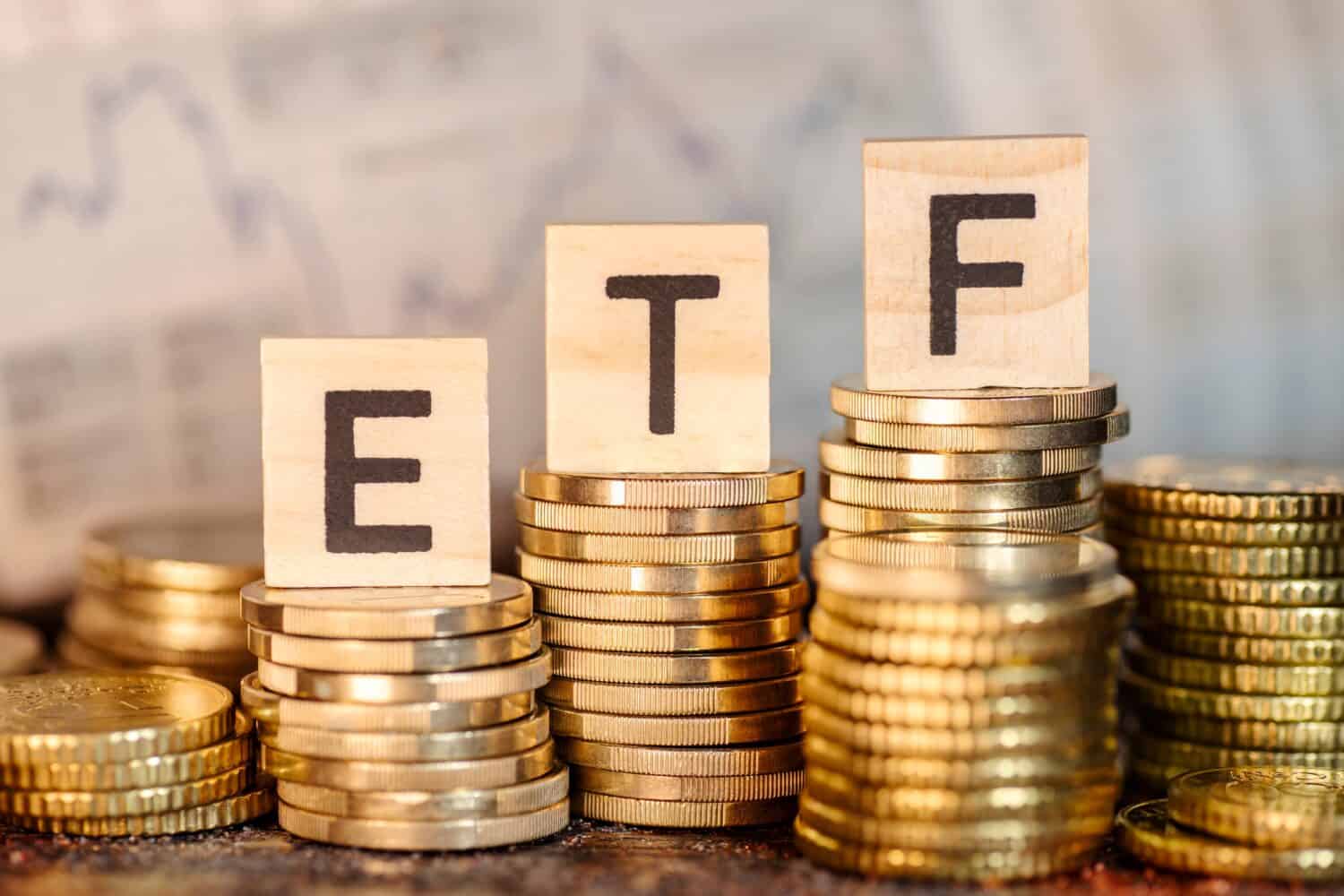
Although the stock market has been fairly volatile for the past five years, investors have seen dramatic swings in just the first four-and-a-half months of 2025.
This has made high-yield exchange-traded funds (ETFs) gain traction as an attractive investment strategy, particularly for income-focused investors. These ETFs, which invest in portfolios of dividend-paying stocks or bonds offering above-average yields, provide steady cash flow and potential capital appreciation.
With interest rates unlikely to be cut until later this year and tariff-driven uncertainties impacting growth stocks, high-yield ETFs offer enticing yields that far surpass the S&P 500’s 1.3%. These ETFs typically diversify holdings across sectors such as utilities, financials, and energy to mitigate risk. Investors can further enhance returns by selecting ETFs with low expense ratios.
As inflationary pressures persist, these ETFs can hedge against rising costs through consistent dividend payments. Are high-yield ETFs the key to balancing income and stability in today’s unpredictable market? Let’s see whether the JPMorgan Nasdaq Equity Premium Income ETF (NASDAQ:JEPQ) or the Schwab U.S. Dividend Equity ETF (NYSEARCA:SCHD) is the better buy.
The Case For JPMorgan Nasdaq Equity Premium Income ETF (JEPQ)
The JPMorgan Nasdaq Equity Premium Income ETF is a standout choice among high-yield ETFs for investors seeking income and growth in 2025’s volatile market. Launched in May 2022, JEPQ combines Nasdaq-100 equity exposure with an options-writing strategy, delivering a compelling 10.45% 12-month distribution rate. Here’s why JEPQ is one of the best high-yield ETFs to buy today.
The ETF’s unique approach generates high monthly dividends by writing out-of-the-money call options on the Nasdaq-100, capturing premiums while retaining upside potential from top holdings like Microsoft (NASDAQ:MSFT), which accounts for 7.58% of the portfolio, Apple (NASDAQ:AAPL), 6.84% of the total, and Nvidia (NASDAQ:NVDA), 6.80%.
This strategy thrives in sideways or volatile markets, as it yields $5.93 per share annually at a $52 per share stock price. Its 0.35% expense ratio is competitive, helping to ensure cost efficiency.
Unlike traditional high-yield ETFs, JEPQ offers superior income, making it ideal for retirees or income-focused investors. Its tech-heavy portfolio, with 27% in technology, aligns with AI and cloud computing growth, driving a 12.38% annualized return since inception, outperforming the S&P 500’s 11.21%. Diversification across 108 holdings also reduces single-stock risk.
JEPQ mitigates the volatility inherent in tech stocks with options income, resulting in a 15.11% standard deviation versus the Nasdaq-100’s 20.44%. However, there are risks from its concentrated tech bets if AI stocks falter.
With $16.5 billion in AUM, JEPQ balances risk and reward. Ultimately, JEPQ’s high yield, tech-driven growth, and options strategy make it a top high-yield ETF for 2025, offering robust income and capital appreciation potential for diversified portfolios.
The Case for Schwab U.S. Dividend Equity ETF (SCHD)
The Schwab U.S. Dividend Equity ETF is the premier high-yield ETF for investors seeking reliable income and stability in dicey markets. Launched in 2011, SCHD tracks the Dow Jones U.S. Dividend 100 Index, offering a 3.95% dividend yield and $66.8 billion in assets under management. Its combination of quality, diversification, and low costs makes it an ideal choice today.
SCHD invests in 110 high-quality U.S. companies with at least 10 years of consecutive dividend growth, including top holdings like Home Depot (NYSE:HD), Cisco Systems (NASDAQ:CSCO), and Verizon (NYSE:VZ), with no one stock accounting for more than 4% of the total.
This focus on financially stable firms ensures dividend sustainability, with a 12.58% annualized dividend growth rate over the past five years. Priced at around $26 per share following its recent 3-for-1 stock split, SCHD’s appeal to income-focused investors cannot be overstated. Its 0.06% expense ratio — one of the lowest in its class — maximizes returns compared to its peers.
Unlike tech-heavy ETFs such as JEPQ, SCHD’s sector diversification — 17% in consumer staples, 14% each in energy and healthcare, and 12% in electronic technology — the ETF reduces volatility. The ETF has a beta of 0.80 and three-year standard deviation of 14.5%. Its 10-year annualized return of 11.85% just surpasses the S&P 500’s 11.21%, while balancing income and growth.
SCHD’s 4-star Morningstar rating and consistent outperformance over 80% of its peers over five years underscore its reliability. While risks include interest rate sensitivity in financials, its quality screen mitigates downturns.
For investors prioritizing steady income and capital preservation, SCHD is the best high-yield ETF to buy today, offering a dependable anchor for diversified portfolios.
The post JEPQ vs. SCHD: Which High-Yield ETF Is the Smarter Buy Today? appeared first on 24/7 Wall St..


























